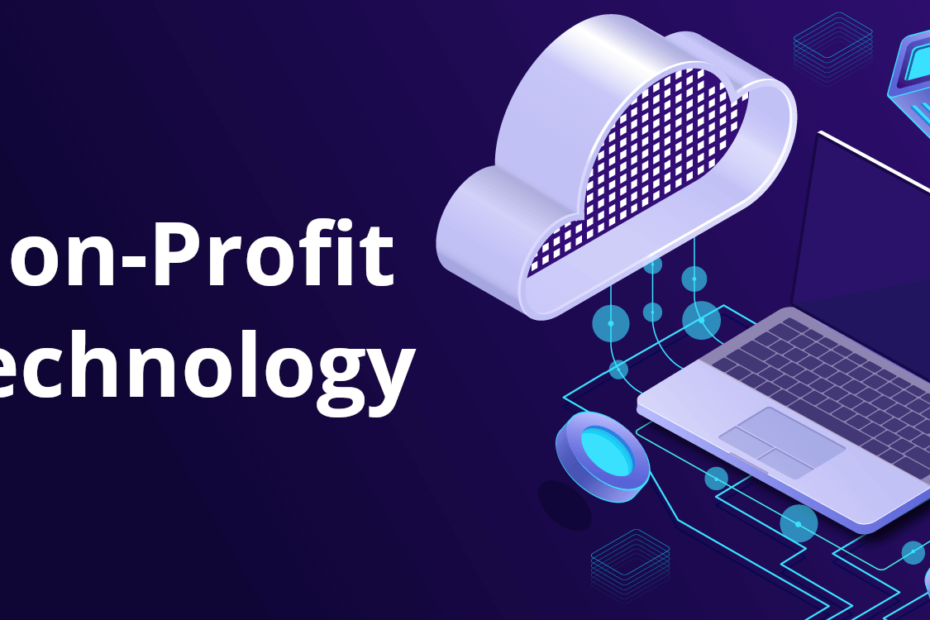Nonprofit organizations deal with a unique set of issues that for-profit companies do not. Finding strategies to boost efficiency while still meeting community needs is one of the biggest problems faced by non-profit organizations. There is a constant need for charitable organizations to maximize the use of all of their resources. There are many ways nonprofit organizations can use the power of contemporary tech platforms together with a good nonprofit business plan to boost their overall efficacy and efficiency, enabling them to do more with less work and have a greater influence on their communities. We’ll talk about how NGOs can effectively use technology to work more efficiently.
1. Use Cloud-Based Software
Software that runs in the cloud is a great resource for nonprofits looking to improve productivity. You can exchange and access information with this kind of software from anywhere in the world. This entails that there is no requirement for tangible documents when working remotely, collaborating with team members, or sharing data. For instance, Google Drive enables remote team collaboration, and the free version is affordable for most nonprofits.
2. Utilize Social Media
Social media is an effective resource for charitable companies. It’s a fantastic approach to spreading knowledge, fostering involvement, and promoting awareness. Additionally, social media can speed up communication and save time. For instance, scheduling all of your company’s social media posts in advance with a scheduling tool assures that you won’t forget or run out of material. You may also form groups on Facebook using the groups feature so that team members can discuss initiatives and projects.
3. Use Online Donation Platforms
Nonprofits can improve their productivity and reach more people by accepting donations online. Donors can easily give even from locations outside of the organization’s geographic scope thanks to online donation platforms. Furthermore, compared to conventional fundraising techniques like phone calls or direct mail campaigns, using online donation platforms is less labor-intensive. GivingFuel, Donately, and PayPal Giving Fund are a few well-known platforms that have built-in reporting and tracking options.
4. Automate Administrative Processes
Technology can help nonprofits to automate some of their administrative processes, such as accounting and fundraising. Accounting software such as QuickBooks can help you keep track of your organization’s finances, generate reports, and pay bills. A fundraising automation platform, like Kindful, is designed to help nonprofits automate donor communication, receive donations, and follow up with donors. Automation streamlines these processes and will let your team focus on other initiatives and projects.
5. Invest in Online Training
Nonprofits would be prudent to spend money on online training for their employees and volunteers. Staff and volunteers can be trained affordably and at their own speed with the help of online training. Regardless of limitations related to time, place, or other factors, it enables volunteers and workers to obtain the same training. To build and administer online training courses, think about spending money on a learning management system like Docebo or Talent LMS.
Tech Produces Efficiency
Efficiency matters in a nonprofit business because it helps maximize resources and minimize waste. Technology can help make that happen by reducing labor costs, streamlining operations, automating processes, and increasing scalability. Technology has the potential to increase transparency and open up communication between nonprofits and their stakeholders, allowing for increasingly effective decision-making. Additionally, technology can be used to measure outcomes more effectively as well as to improve donor engagement tactics. All of these benefits help create a powerful cycle of effectiveness for nonprofits – enabling them to improve the impact they have on others while also becoming more efficient with their time and money!
Keep Up with the Competition
Technology can help nonprofit organizations make better use of their limited resources, maximize their impact, streamline communication and collaboration between stakeholders, reduce operational costs, improve decision-making capabilities, automate processes, and more. Additionally, utilizing new technologies can help them reach out to potential donors or partners who might not otherwise be aware of the organization’s mission and initiatives. Overall, technology is a key component for nonprofits in order to stay competitive and provide effective services that address social issues.
Dr. Tim Hill, a technology expert from the University of Massachusetts, has emphasized the importance of technology in boosting the efficiency and effectiveness of nonprofit organizations. Technology not only simplifies processes but also helps nonprofits measure their impact and improve their beneficiary services. By utilizing cloud-based software, mobile apps, and data analytics platforms, nonprofits can optimize their limited resources and achieve greater results.
